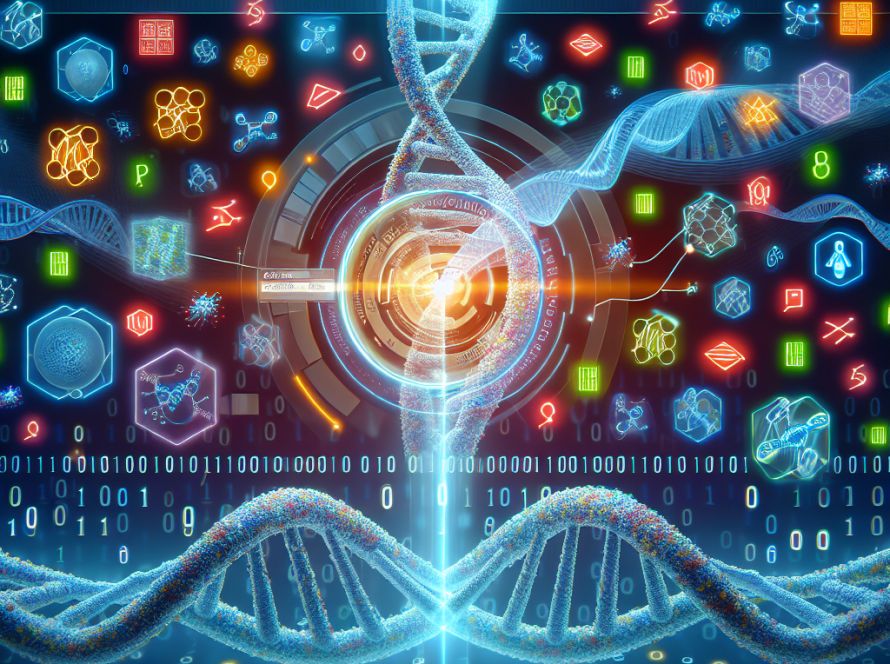2023 was a dynamic year for MIT, marked by significant developments, including President Sally Kornbluth’s inauguration and Professor Moungi Bawendi winning the Nobel Prize in Chemistry. The institution’s researchers also achieved major advancements like detecting a dying star consuming a planet, expanding the boundaries of AI, developing clean energy approaches, creating tools for earlier cancer detection and diagnosis, and studying the science of spreading kindness.
The year saw MIT’s all-women leadership team prioritising representation for women and underrepresented groups in STEM. At community level, the Transfer Scholars Network assisted community college students in transitioning to four-year universities like MIT. It was also a pivotal year for AI with MIT researchers extensively examining the potential risks and opportunities brought by the emerging technology.
In healthcare, MIT researchers led groundbreaking initiatives to combat diseases. For instance, they used AI systems to help detect breast and lung cancer early and invented drug-delivery nanoparticles to specifically target cancer cells. The researchers also found an antibiotic through a machine-learning algorithm that could potentially eradicate drug-resistant bacteria. Additionally, they created wearable ultrasound for early breast cancer detection and a pill increasing appetite in patients with gastroparesis.
Numerous innovations emerged in the field of engineering, such as MIT engineers developing a technique for 3D printing a life-like replica of a patient’s heart. In an unprecedented discovery, they found that ancient Romans used lime clasts while making concrete to give it self-healing properties.
In the AI field, MIT led discussions on the future of AI, its potential, and its implications on society. They examined AI’s role in transforming industries, changing the quality of jobs, and its potential danger if it surpasses human capacity.
MIT also prioritised environmental preservation and sustainability, focusing on clean energy solutions. They uncovered a method of creating an energy supercapacitor by combining cement, carbon black, and water for potential use in powering homes or electric vehicles. Furthermore, MIT scientists discovered that a common hydrogel could absorb moisture from the atmosphere as temperatures rise.
In improving existing architectural methods, MIT researchers looked into reducing the carbon footprints of residential and commercial buildings. Also, artworks with augmented realities and data visuals were discussed, as well as giving light to relatively unheard stories.
The institution contributed to expanding man’s understanding of the universe, with further studies on gravitational waves, black holes, and planets, among others. Thought-provoking books regarding wide-ranging topics—from individual brain mechanics to misinformation campaigns—were published by the MIT faculty.
At the community level, MIT fostered inclusivity with the initiation of the first all-Indigenous rocket team. Prominent individuals such as YouTube star Mark Rober made inspiring speeches at MIT’s commencement event. Other programs, such as coding classes for prison inmates and the establishment of other support systems, were initiated as part of the institution’s greater responsibility towards the community.
Lastly, MIT faculty members reinforced the importance of debate and conversation on prevailing issues such as AI innovation, supply chain sustainability, healthcare reform, and constructive communication in social networks. Through all of these achievements and challenges, MIT continued to foster educational excellence and innovation, reflective of its commitment to shaping a better future.


